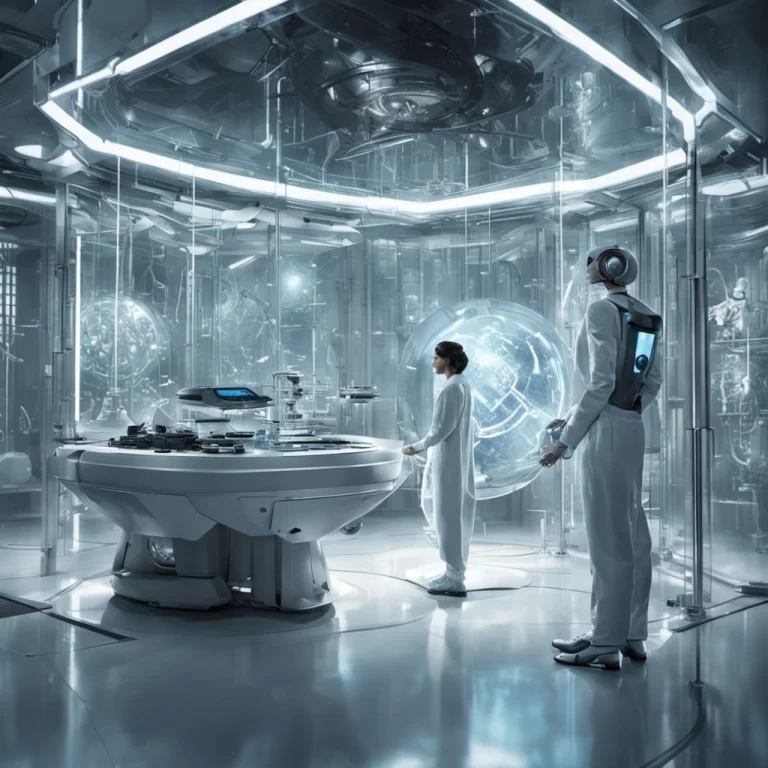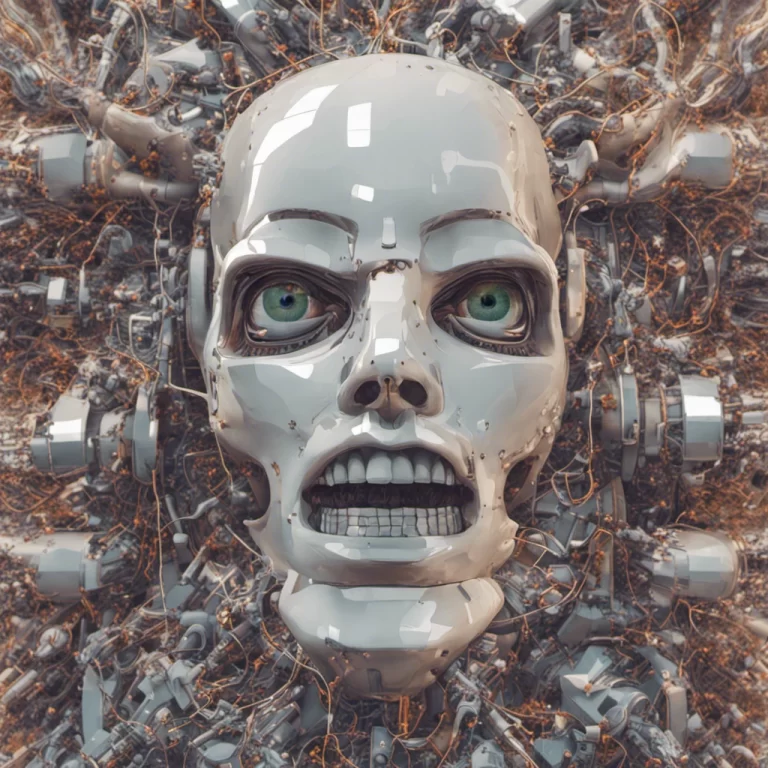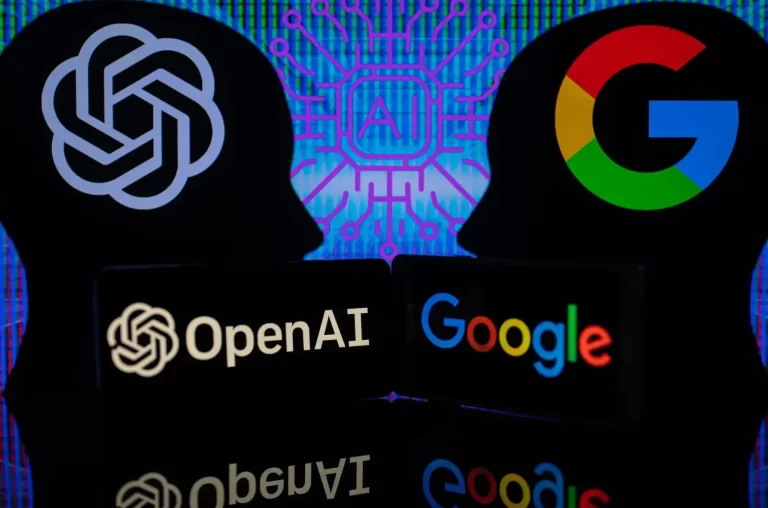What is AI Facial Recognition System and How does it Work?
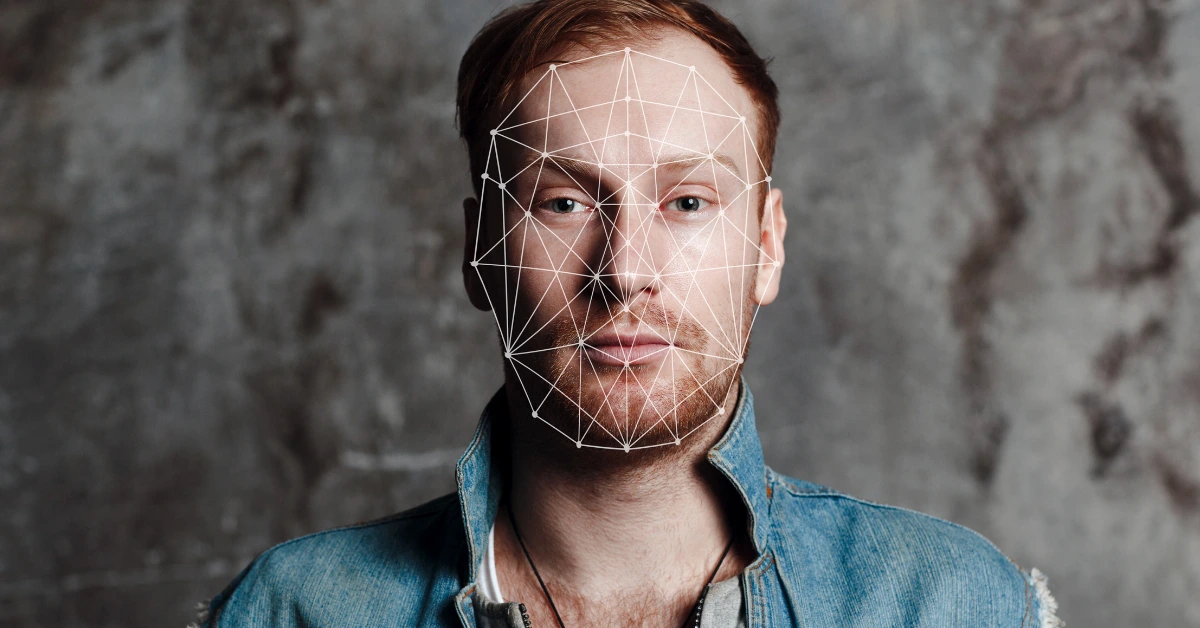
In 2017, Apple announced its first Face ID feature in its release of the iPhone X–a TrueDepth camera system that creates a 3D map of your face to unlock your device and authorize transactions with a glance.
The company invested a greater amount than the fingerprint scanner and spent $16.70 per unit for each iPhone manufactured.
Even recently, there’s been a rising number of British stores that are installing AI facial recognition systems to identify repeat shoplifters in what a human rights group has called “airport-style security”.
Since 49% of people agree to install facial recognition systems in stores, they’re exponentially spreading.
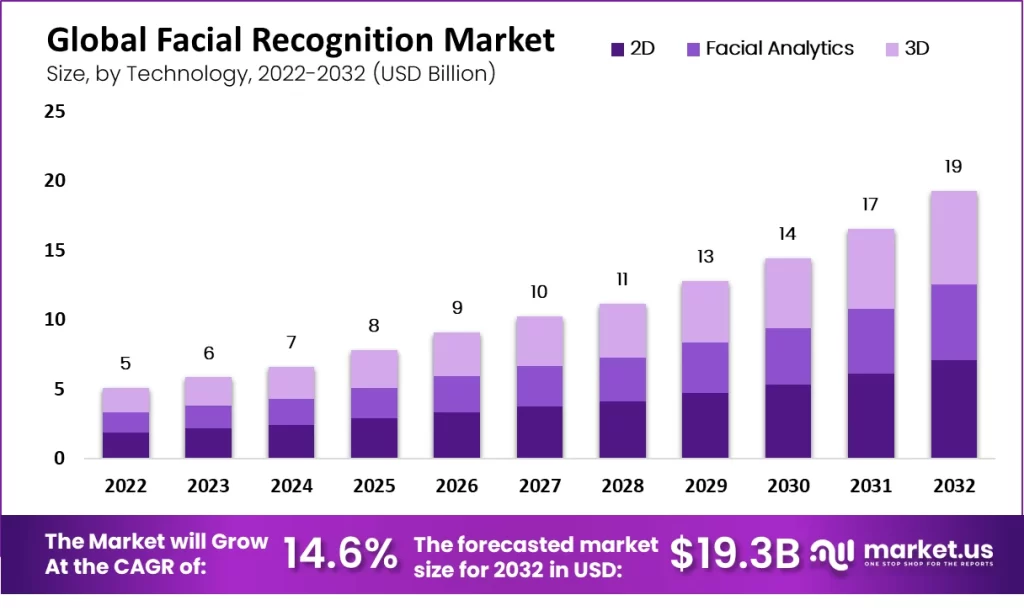
The global facial recognition market is Predicted to Increase from USD 5.1 Billion in 2022 to USD 19.3 Billion in 2032 (caption)
But what are these AI facial recognition systems and why are they becoming so prevalent?
What is Facial Recognition and How Does it Work?
Facial recognition is a form of biometric used for recognizing, identifying, or verifying a human face using technology by mapping facial features from a photograph, video, or live capture. Then the features are compared to a database of other known faces.
This software utilizes AI or deep learning algorithms and works on measured variables: your face, the length or width of the nose, the depth of eyesockets, and the cheekbones’ shape to recognize multiple faces.
Whether you’re unlocking your phones or checking in at airports, this system is everywhere. But how does it work?
The facial recognition system works in the following way:
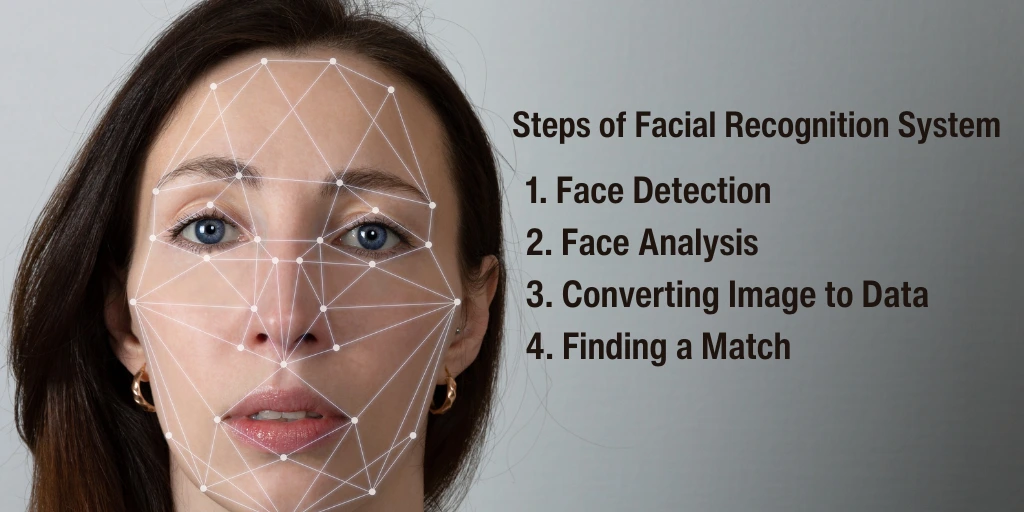
- Face detection: The FTR detects your face and locates the respective face’s image either alone or in a crowd.
The image data it locates from may contain a front shot of the person (the person looking straight ahead) - Face analysis: Next, the face is captured to analyze the geometry and pick facial landmarks, like the distance between your eyes, the depth of your eye sockets, the distance from forehead to chin, the shape of your cheekbones, and the contour of the lips, ears, and chin.
- Converting the image to data: Your face’s analysis is turned into a mathematical formula (called a faceprint) as the capturing process transforms analog information (a face) into a set of digital information (data) based on the person’s facial features. Faceprints are like thumbprints for your face.
- Finding a match: Your faceprint is then compared against a database of other known faces for example, the FBI has access to up to 650 million photos, drawn from various state databases.
Also, a Facebook photo of any tagged person with his/her name becomes a part of their database.
If your face print matches anyone in the database, that person’s username would be recommended in tag suggestions.
What are The Benefits of Facial Recognition Technology?
- Enhanced Security
AI-based facial recognition tends to identify suspicious behavior, and potential criminals and ensure safety in venues or at any institution.
The system is more accurate, convenient, and safe for everyday experiences like using banking services, receiving healthcare, or shopping.
In Utah, the FBI can search 5.2 million driver’s license photos and mug shots.
- Improved Accuracy
According to research by the Center for Strategic and International Studies (CSIS), FRT systems have a 99.97% recognition accuracy level in ideal conditions.
Facial recognition technology has become more reliable and 20 times better at finding a match between 2014 and 2018.
- Increased Efficiency
The identification and verification process is sped up with FRT as they reduce the need for manual checks and human resources.
Some airports use facial recognition to automate the check-in and boarding process for passengers, saving time and hassle.
- Personalized Experiences
Facial recognition provides customized services and recommendations based on the preferences and emotions of customers.
Some retailers use FRT to offer personalized discounts, product suggestions, or loyalty rewards to their customers.
The Role of AI in Facial Recognition Systems
Optimized Capabilities to Detect more than just Features
Facial recognition systems use AI to detect emotions, age, gender, and other attributes from faces, becoming more reliable than ever.
The following attributes can be detected: accessories, age, blur, emotion, exposure, facial hair, gender, and glasses.
AI is more refined and enables facial recognition systems to work in various conditions.
Reduces Errors
AI reduces any errors and biases that may arise from human blunders such as fatigue, distraction, or prejudice.
It can also correct errors that may occur due to changes in appearance, such as aging, facial hair, or makeup, and may filter out noisy or irrelevant images to augment the data with synthetic or diverse images.
AI Optimizes Solutions
AI can help design neural networks tailored for face detection, face analysis, or face matching depending on the goal of the system.
AI can balance speed and accuracy by adjusting the parameters of the system.
Examples of AI Facial Recognition Systems Today

1. Blockchain and Cryptocurrency Transactions
AI facial recognition helps verify the identity of users who want to carry transactions using cryptocurrencies or access their digital wallets.
This ensures the security and convenience of blockchain-based platforms and services.
2. Smart Office Applications
AI facial recognition can enable smart office features, such as automatic attendance tracking, access control, meeting room booking, and personalized settings.
This can improve the productivity and comfort of employees as well as visitors.
3. Airport Security
AI facial recognition helps pace up the check-in and boarding process for passengers.
They enhance the security and safety of airports and can scan the faces of passengers, comparing them to their passport or visa photos.
This reduces the time taken for manual verifications and speeds up the security process.
3. Health and Safety Monitoring
AI facial recognition can assist in monitoring people’s health and safety in workplaces, schools, or public spaces.
The FTR is able to detect the faces of people who are wearing masks, maintaining social distancing, and showing signs of fever or fatigue to alert the medical authorities in case of an emergency.
4. Customer Service Automation
Whether it’s greeting customers, suggesting products, or providing loyalty rewards, AI facial recognition automates and personalizes customer services.
Companies gather customer feedback through their expressions and body language to improve their experiences and services for example, KFC has installed 5000 FRT in China to remember and predict their customer’s fast food choices.
5. Enhanced Smart Retail Experiences
AI facial recognition takes one thing very seriously–customer emotions and behavior– which helps retailers optimize their inventory, marketing, and sales strategies accordingly.
Moreover, it enables cashier-less checkout, customized discounts, and product recommendations based on facial behavior.
CyberLink is a company that provides smart retail like FaceMe to help retailers design a better customer strategy.
Challenges of Using AI in Facial Recognition Systems
Bias and Discrimination
AI facial recognition systems could be racially or sexually biased toward people of color, women, and the elderly which points towards one thing.
Lack of quality and diversity of trained data. The data that are fed into the system may be designed based on developers’ assumptions, design choices, or the misuse of the system by its users.
This could lead to wrongful arrests and violation of human rights.
In 2018, Amazon faced backlash for its facial recognition technology, Recognition, which exhibited bias and discrimination toward darker-skinned people and females.
It even matched 28 people with police mugshots after the testing of the system.
Privacy Concerns
AI facial recognition may pose a threat to individuals especially if it’s used without their consent, knowledge, or control.
The system may share sensitive data of any individual such as biometric information, location, behavior, or emotion and one could be tracked or targeted for marketing without the individual realizing it.
This will not only undermine people’s trust and confidence but may come off as a legal and ethical anomaly.
A controversial startup by the name Clearview AI was offering facial recognition services to law enforcement agencies by scraping billion of photos from social media and websites without the users’ knowledge.
Technological limitations
FRT systems may face technological issues that can affect their accuracy.
The system might fail to identify faces that are occluded, distorted, disguised, or altered and also fall vulnerable to spoofing, tampering, and hacking.
As the system relies upon hardware and software, its usability and scalability have a limit.
Future of AI Facial Recognition Systems
Markets and Markets estimates that the facial recognition market will grow at a CAGR of 17.2% from 2020 to 2025–reaching 8.5 billion USD by the end of 2025.
Moreover, China is heavily investing in its AI facial recognition systems as Alibaba, Hanwang Technology, Skynet, and several other Chinese firms have invested in or launched FRT systems to develop and enhance its functionality.
In the future, AI facial recognition systems will become more prevalent and pervasive and may even raise ethical, legal, and social concerns.



